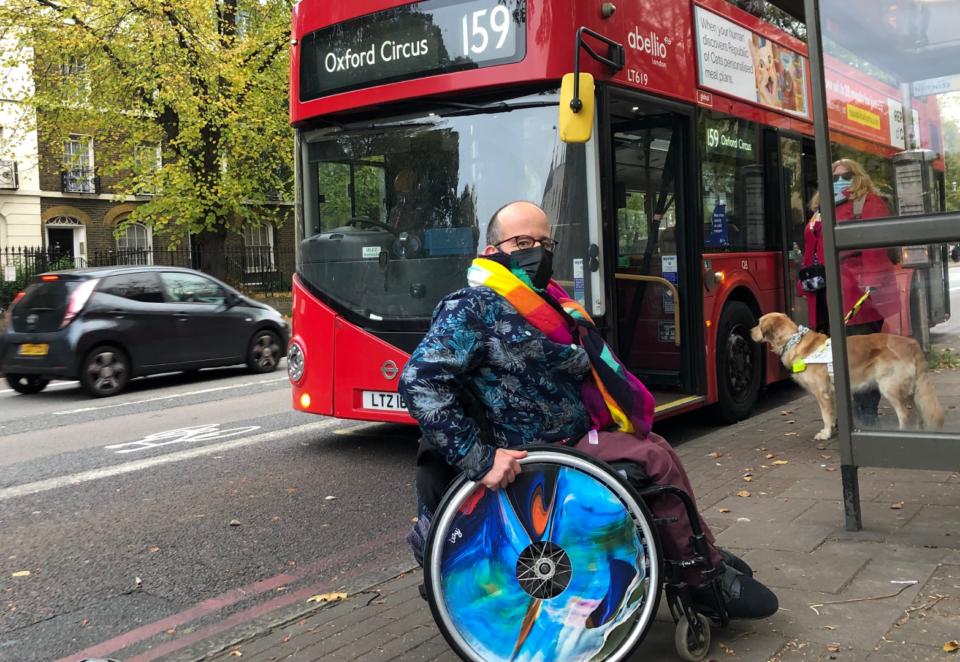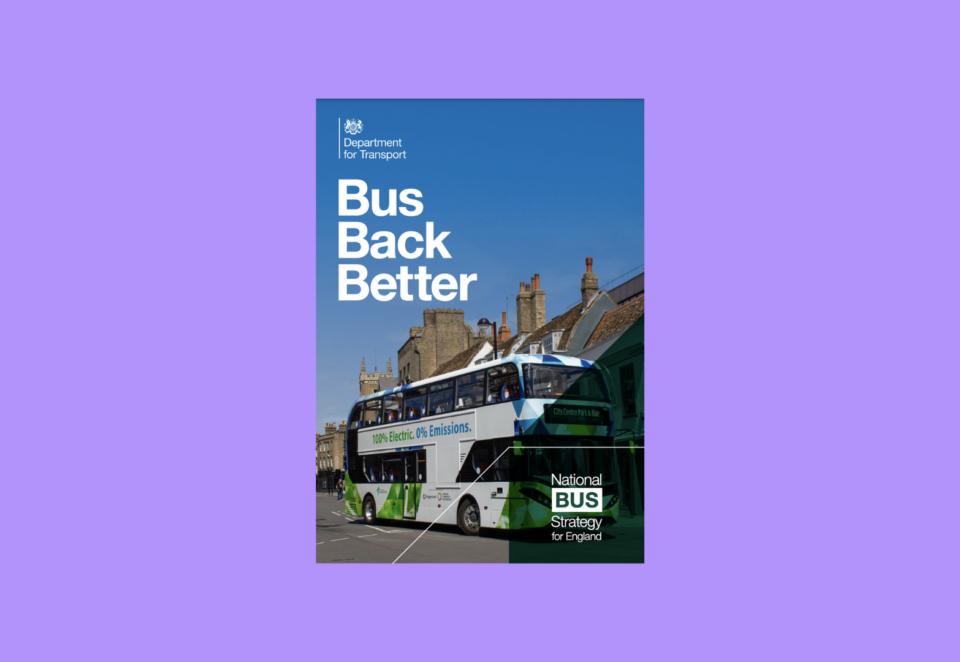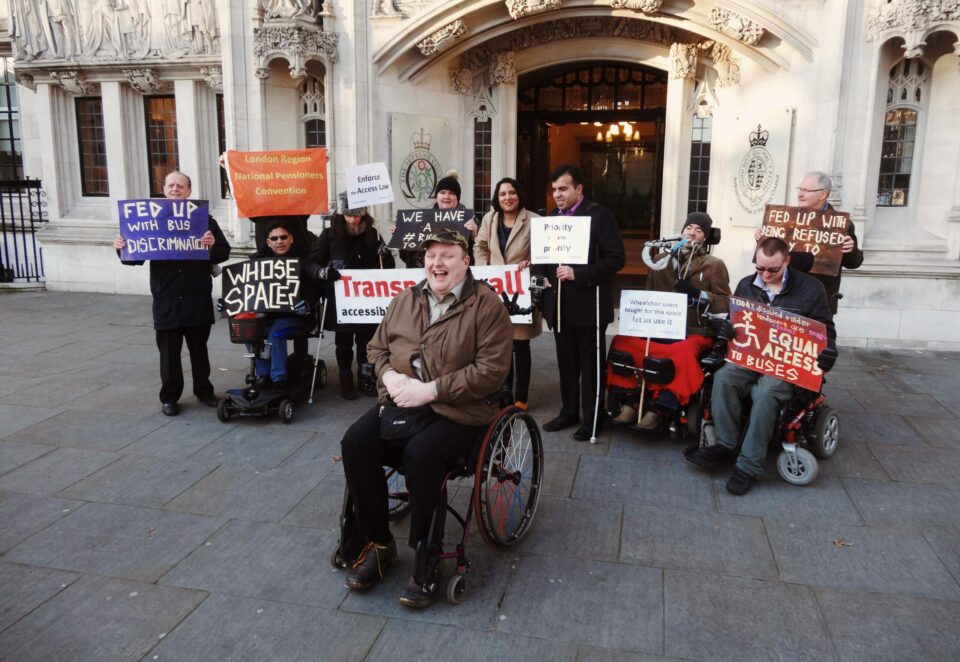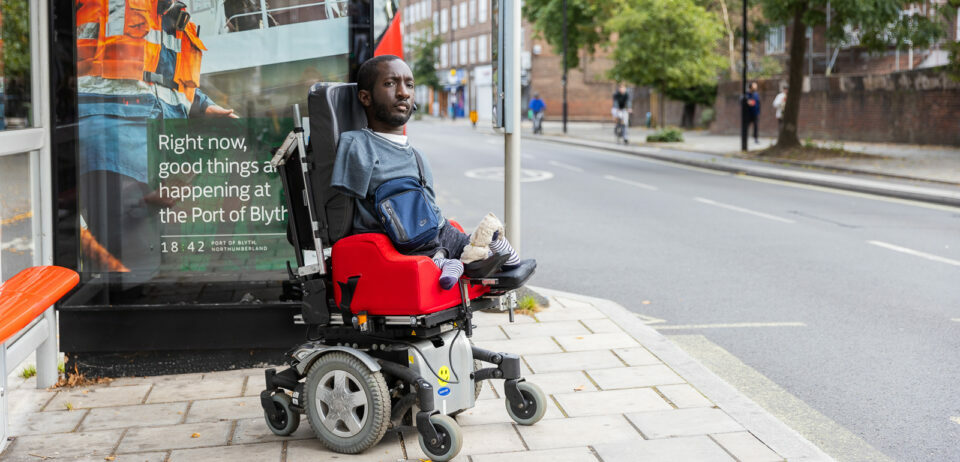
Policy background
Government statistics show that disabled people make a greater proportion of our trips by bus than non-disabled people (5% compared with 3%), demonstrating the crucial role the bus plays as the often only accessible form of public transport available (Department for Transport).
- Roughly 1 in 10 local bus services were axed in 2022, equivalent to more than 1000 registered routes. (Guardian) This is likely to disproportionately impact disabled people, especially those in rural areas with fewer alternative transport options.
- Only 30% of buses in England outside of London provide audio-visual information to passengers. (Department for Transport)
- The percentage of bus complaints that relate to accessibility increased between 2016/17 and 2021/2022 (Department for Transport)
Our research and work on buses

Cutting London’s Buses would be a disaster for disabled people
Our response to Transport for London's consultation on cutting and reducing bus services. We explain why we strongly oppose the plans and what the impact will be on 1.2 million disabled Londoners.

The Government have published their National Bus Strategy: what does this mean for disabled people?
We take a look at the Government's new Bus Back Better strategy and work out if it's good news for disabled passengers.

Paulley’s appeal upheld by Supreme Court
Today marks a significant step forward for the rights of wheelchair users to have priority use of the priority space on buses – after Doug Paulley’s appeal was upheld by the Supreme Court.


Support us
We can't do this without your support. Take action, give what you can, or sign up as a member - and join our movement of disabled people fighting for a better future.

